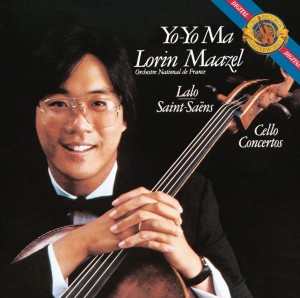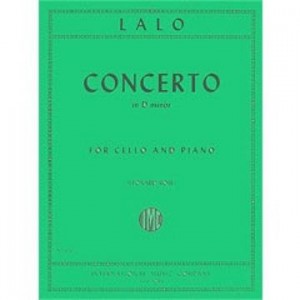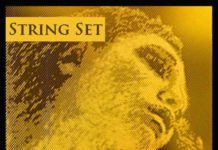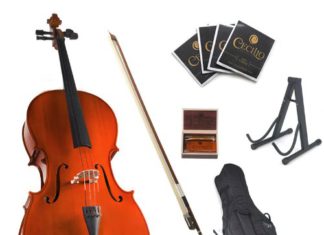-
Difficulty
-
Expressiveness
-
Solobility
Summary
A beautiful cello concerto that should be in any cellist’s repertoire.
Lalo may be not the most recognizable composer, but the Lalo cello concerto is a remarkable piece that should be in the repertoire of every cellist. When it was first performed, the Lalo cello concerto had such a great reception that it was played again the very next week.
IMSLP Entry: http://imslp.org/wiki/Cello_Concerto_(Lalo,_%C3%89douard)
History and Structure
Édouard Lalo composed his Cello Concerto in D minor in 1876. He wrote it in collaboration with the Belgian cellist Adolphe Fischer. The premiere of the piece happened the following year at the Cirque d’Hiver. Adolphe Fischer played the cello solo part.
The Lalo cello concerto has three movements:
- Prelude: The first movement of the Lalo cello concerto opens in lento tempo, then slowly moves into an allegro maestoso. The latter continues throughout the whole movement. The beginning of the movement features several measures of orchestral music. And only after that the solo cello enters with an ad lib theme. It plays it three times and leads into the fast part. It has many fast and aggressive arpeggios as well as quick and relentless sixteenth notes.
- Intermezzo: The second movement begins with a slow section in andantino con moto. Then the music progresses into a faster lively allegro presto. They change once more and the movement ends in allegro presto. The solo cello plays on pizzicato chords together with the orchestra.
- Introduction: The solo cello opens the movement with a slow andante. Then the orchestra joins in and after that it even takes over. The music progresses into a lively rondo in allegro vivace. It is when the cello solo returns with a forceful entry into the rondo theme. The movement continues in this tempo. In the end the solo cello ends with a very fast scale. It lands on a C sharp trill that resolves to the tonic.
Biography of Édouard Lalo
Édouard-Victoire-Antoine Lalo was a French composer. His most famous work is Symphonie espagnole that is a part of the standard repertoire for violin and orchestra.
Early years
Lalo was born on 27 January 1823 in Lille (Nord), in northernmost France. In his youth he attended the city’s conservatoire where he started learning music. At age 16, Lalo enrolled at the Paris Conservatoire under François Antoine Habeneck who conducted student concerts at the Conservatoire from 1806.
Adulthood
For several years after the Paris Conservatory Lalo worked as a string player and teacher in Paris. In 1848, he co-founded with friends the Armingaud Quartet. First, he played viola and later second violin. Lalo’s first compositions are mostly songs and chamber works. He also wrote two early symphonies, but they, unfortunately, did not survive.
In 1865 Lalo got married to Julie Besnier de Maligny, a contralto from Brittany. Thanks to her, he got interested in opera and created compositions for the stage. But these pieces were not really popular at that time. Le Roi d’Ys is the most remarkable of them. For many years Le Roi d’Ys was thought to be unperformable. So, it was not staged until 1888, when the composer was already 65. Eight years before that Lalo became a member of the Legion of Honour.
He died in Paris on 22 April 1892. He was interred at the Père Lachaise Cemetery.
Conclusion
Even though Lalo is not one of the most recognized French composers, his distinctive style has brought him some degree of popularity. In the end, the Lalo cello concerto is among the most well-known repertoire for cello.
Table of Contents













